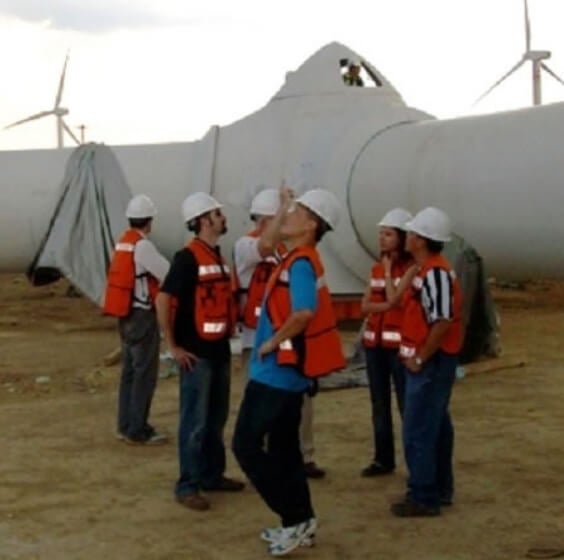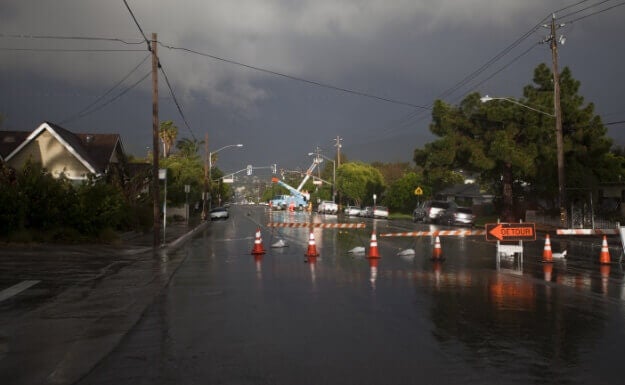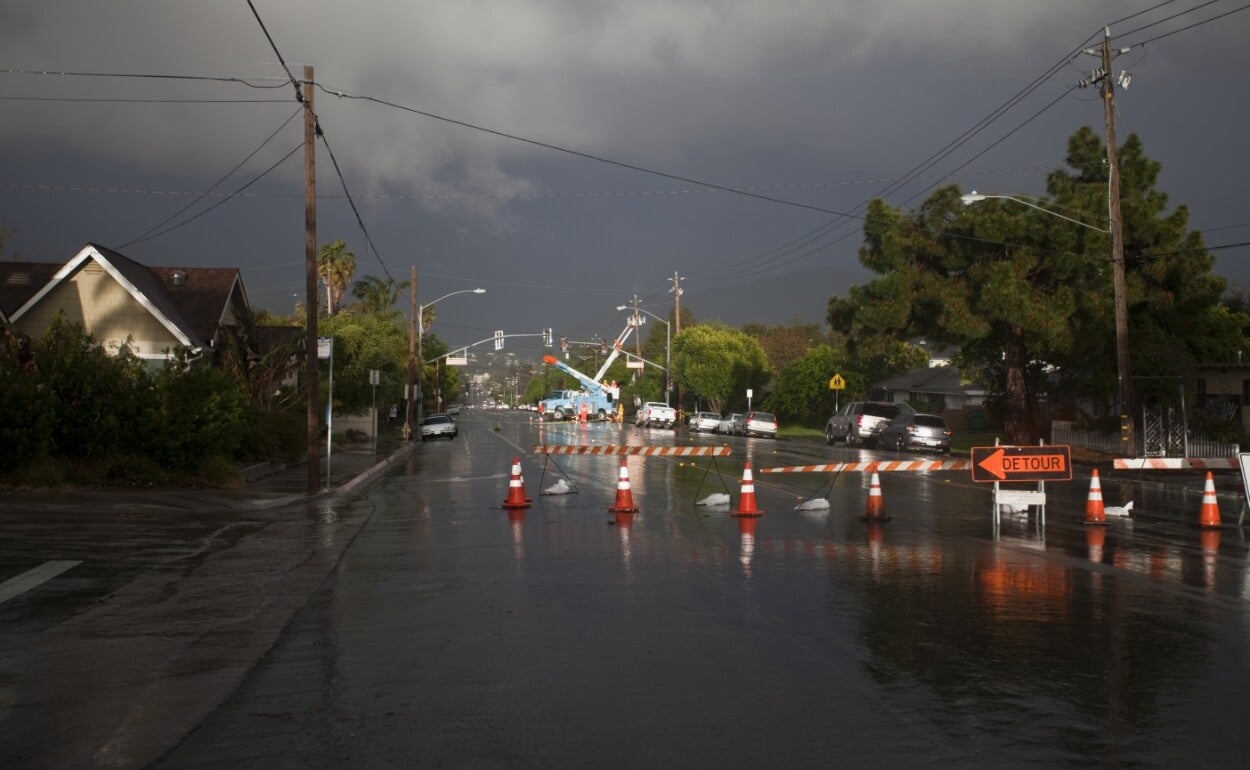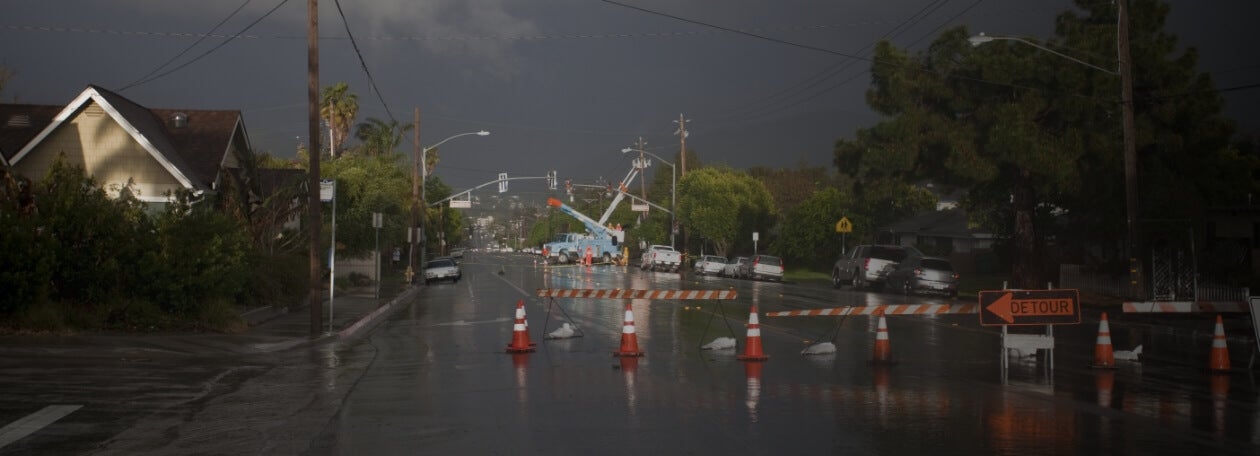New Technology
The engineering team should always look for new equipment and materials that, in addition to meeting the technical criteria, also minimize its operating and maintenance costs. The main elements and innovations available in power systems can be optimized from this perspective:
a. Transformer/Substation: Indicators and monitoring devices are installed for the monitoring the internal condition/unmanned operation of the distribution transformer/ substation and remote monitoring and operation is through the 3G/4G/GPS system.
b. Smart Meter: A 3G/4G/GPS based metering system may be installed on the main equipment and transformers. The meter should measure, monitor, and record the different system parameters. The meter can continuously monitor the performance of the equipment and give signal to the operation center through communication channel in case of abnormal behavior.
c. Distributed Generation and Electric Vehicles: New players that can interact with the power grid may initially represent an increase in the costs of the utility, because new equipment will be necessary to adapt them, however the company must seek ways to encourage the installation and use of such devices in places where they can provide some benefit such as reducing the level of losses.
The engineering team should always look for new equipment and materials that, in addition to meeting the technical criteria, also minimize its operating and maintenance costs












